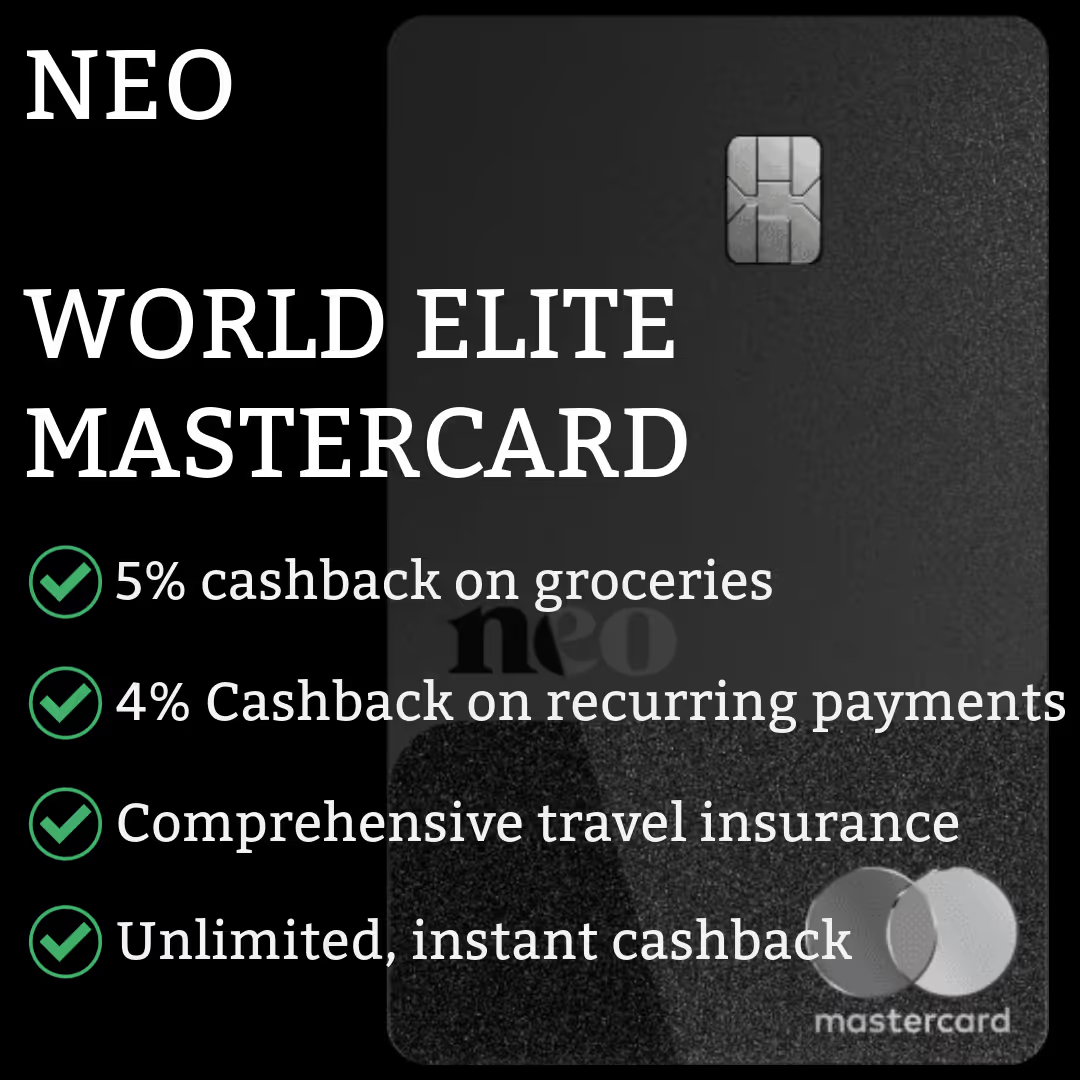What exactly is a GIC and how to best include it in a financial plan. It's not for everyone.
A Guaranteed Investment Certificate (GIC) is a type of fixed-income investment offered primarily by banks and credit unions. When you invest in a GIC, you agree to lock your money in for a specific period (ranging from a few months to several years) at a fixed interest rate. In return, you receive a guaranteed return on your investment and your principal is protected, which means you won’t lose the amount you originally invested. At the end of the term, you get back your initial investment plus the interest earned.
Determine Your Financial Goals:
- Short-Term Goals: GICs can be suitable for saving for short-term goals (e.g., a down payment on a house, a vacation) because they provide safety and a guaranteed return. If you’re looking to invest money that you’ll need in the next few years, a GIC might be a good fit.
- Emergency Fund: GICs can be part of an emergency fund strategy, especially if you want a higher return than a traditional savings account, but still want to keep your money secure and accessible.
Assess Your Time Horizon:
- Investment Horizon: The term length of a GIC should match your investment horizon. For instance, if you need the funds in two years, a 2-year GIC would be appropriate. Longer-term GICs usually offer higher interest rates, but your money will be tied up for a longer period.
Evaluate Your Risk Tolerance:
- Low Risk Tolerance: If you prefer low-risk investments and want to preserve your capital, GICs are ideal. They offer a guaranteed return and are generally insured up to a certain amount by deposit insurance (e.g., CDIC in Canada).
Consider Interest Rates:
- Fixed vs. Variable Rates: Most GICs have fixed interest rates, meaning you know exactly what return you'll get. Some GICs might offer variable rates or interest that increases over time. Choosing between fixed and variable rates depends on your interest rate outlook and financial goals.
Integrate with Other Investments:
- Diversification: While GICs are low risk, they typically offer lower returns compared to equities or mutual funds. They should be part of a diversified portfolio. For instance, you might allocate a portion of your portfolio to GICs for stability and the rest to higher-risk investments for growth.
- Laddering Strategy: To optimize returns while maintaining liquidity, you could use a GIC laddering strategy. This involves investing in multiple GICs with different maturity dates. This way, you have regular access to some of your money while still benefiting from higher rates on longer-term GICs.
Tax Considerations:
- Tax-Deferred Accounts: If you hold GICs in tax-advantaged accounts like an RRSP or TFSA in Canada, you can benefit from tax-deferred or tax-free growth. In a taxable account, interest earned on GICs is subject to tax, so consider the tax implications when planning.
Review and Adjust:
- Periodic Review: Regularly review your financial plan to ensure that the GICs align with your current financial situation and goals. As your circumstances change, you may need to adjust your investment strategy.
In summary, GICs can be a valuable tool in a financial plan, especially for preserving capital and achieving specific short- to medium-term goals. They should be used alongside other investments to balance risk and return according to your overall financial strategy.









